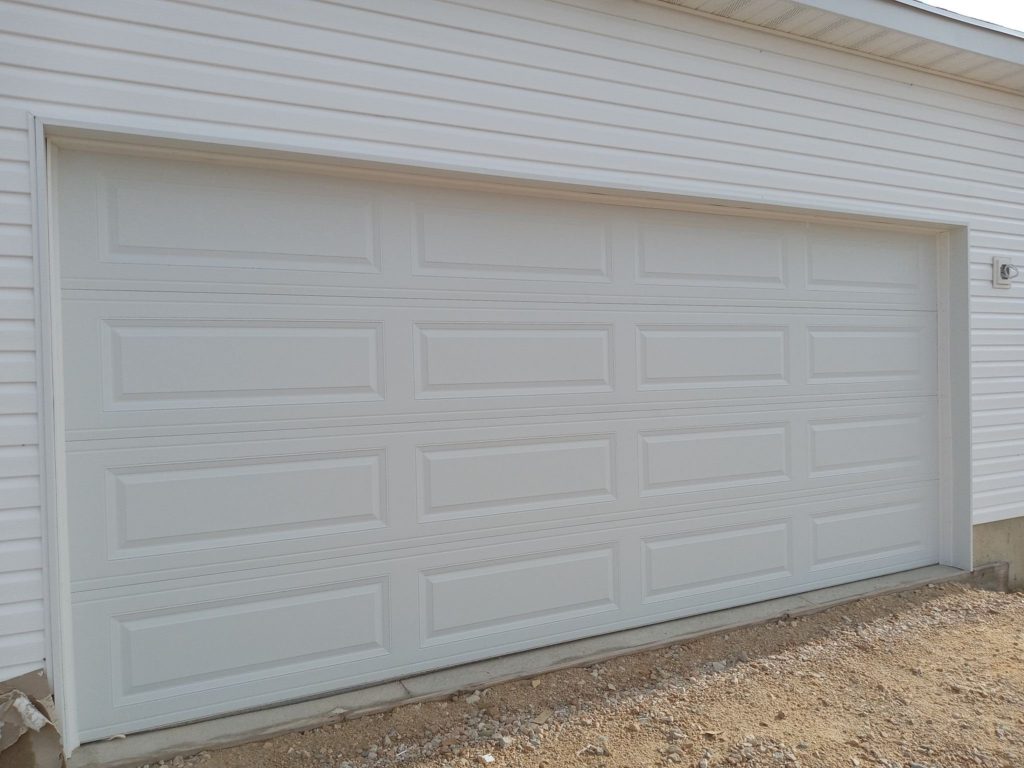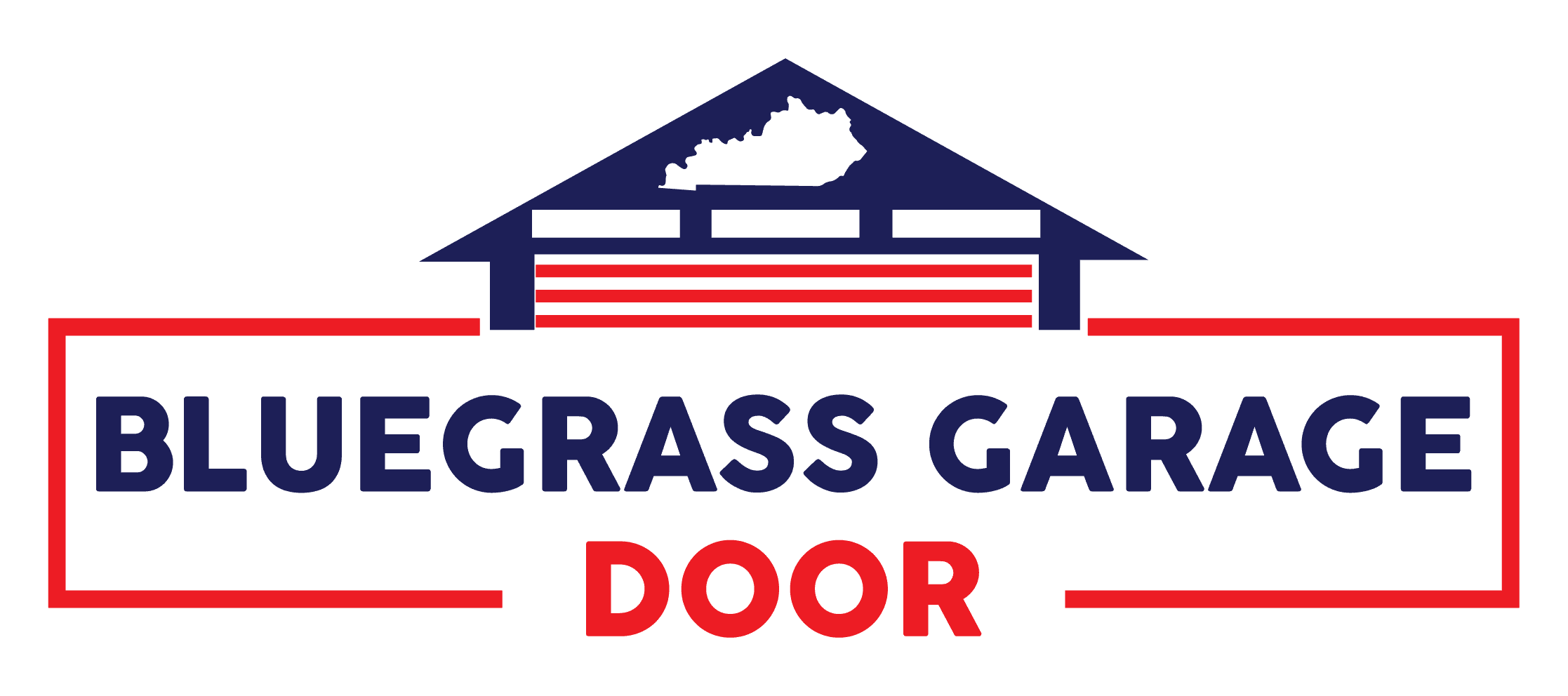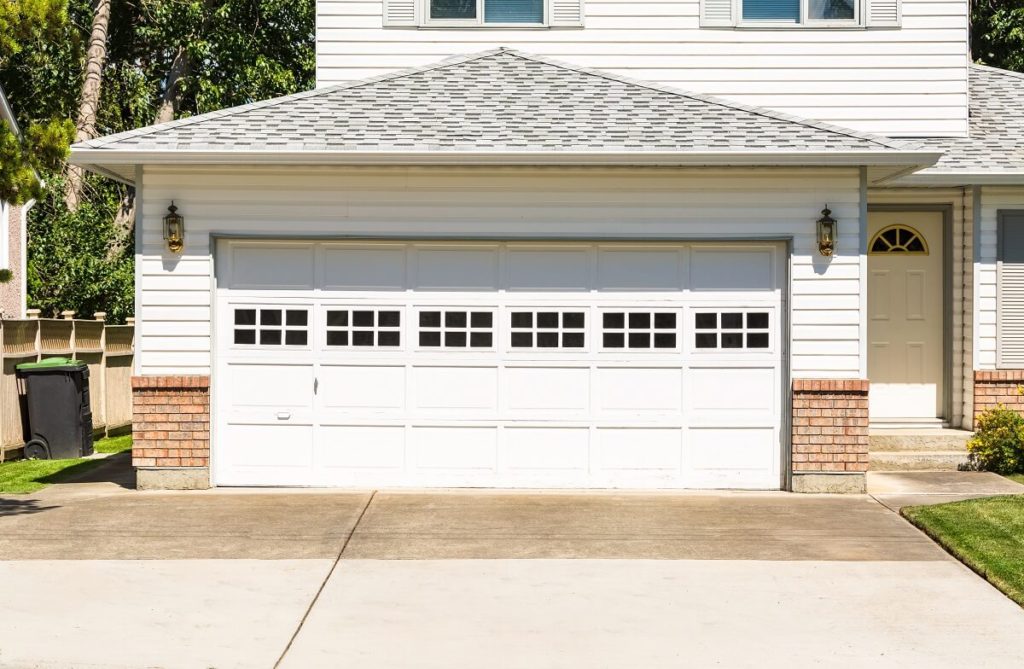Garage door maintenance is an essential aspect of homeownership. A well-maintained garage door not only enhances your home’s curb appeal but also ensures your property’s safety and security. One of the most critical components of your garage door is its sealing system, which includes the bottom seal and weather stripping. These seals are designed to keep out the elements, such as rain, snow, and dust, and prevent pests and rodents from entering your garage.
This comprehensive guide will explore the importance of garage door seals and weather stripping, how to identify signs that your garage door bottom seal needs replacement, and the different types of seals available. Additionally, we will provide step-by-step instructions on replacing your garage door bottom seal and weather stripping, installing a garage door threshold seal, and offering tips for maintaining your garage door seals. By mastering garage door maintenance, you can keep your garage well-protected and ensure its longevity.
Understanding the importance of garage door seals and weather stripping
Garage door seals and weather stripping are vital in protecting your garage from the elements. They create a barrier between your garage door and the outside world, helping to maintain consistent temperature and humidity levels, preventing drafts, and reducing energy costs. Furthermore, garage door seals can also help reduce the noise from the outside, providing a more comfortable environment inside your garage.
Moreover, garage door seals and weather stripping protect your garage from water damage, which can lead to mold and mildew growth, rusting of metal components, and damage to your stored belongings. By keeping your garage door sealed, you also prevent pests and rodents from entering your garage and causing damage to your property. In short, maintaining your garage door seals and weather stripping is essential for your garage’s overall health and well-being.

Signs your garage door bottom seal needs replacement
Several signs indicate that your garage door bottom seal may need replacement. These include:
- Cracks, tears, or gaps: Inspect your garage door bottom seal for any visible cracks or gaps. These issues can allow water, debris, and pests to enter your garage, compromising its integrity.
- Drafts and temperature fluctuations: If you notice drafts or significant temperature fluctuations inside your garage, this could indicate that your garage door bottom seal is not functioning correctly.
- Increased energy bills: A damaged or worn-out garage door bottom seal can lead to increased energy costs, as your heating or cooling system has to work harder to maintain a consistent temperature inside your garage.
- Water infiltration: If you notice water pooling inside your garage after a rainfall or melting snow, it could be a sign that your garage door bottom seal needs replacement.
- Rodent or pest infestations: A damaged or worn garage door bottom seal can provide easy access for rodents and pests to enter your garage, potentially causing damage to your property.
Types of garage door bottom seals and weather stripping
Several types of garage door bottom seals and weather stripping are available on the market. Understanding their differences can help you choose the proper seal for your needs. Some popular garage door bottom seal types include:
- T-End bulb seal: This type of seal features a T-shaped end that fits into a retainer attached to the bottom of your garage door. The bulb-like extension compresses when the door closes, forming a tight seal against the garage floor.
- Bead end seal: This seal has a round bead at the end, which fits into a retainer track at the bottom of the garage door. The dot compresses when the door closes, creating a tight seal against the garage floor.
- U-shaped bottom seal: This seal is designed to fit into a U-shaped channel or retainer at the bottom of your garage door. The U-shaped seal compresses when the door closes, forming a tight barrier against the garage floor.
- Brush seal: Brush seals are typically made of nylon or polypropylene bristles and are mounted to the bottom of the garage door or the sides and top of the door frame. They create a flexible barrier against the elements and pests without inhibiting the door’s operation.
- Vinyl or rubber weather stripping: This type can be applied to the sides and top of your garage door frame, creating a seal against drafts and moisture.
Preparing for garage door seal replacement
Before replacing your garage door bottom seal and weather stripping, gather the necessary tools and materials. You will need:
- A new garage door bottom seal or weather stripping
- A tape measure
- A utility knife or scissors
- A flathead screwdriver or pry bar
- A garage door seal retainer (if not already installed)
In addition to these tools, ensure your garage door is clean and debris-free, as dirt and grime can interfere with the seal’s effectiveness.
Step-by-step guide: How to replace garage door bottom seal
Follow these steps to replace your garage door bottom seal:
- Remove the old seal: Begin by raising your garage door to a comfortable working height. Carefully remove the old seal from the retainer or bottom of the door using a flathead screwdriver or pry bar. If your garage door has a metal or plastic retainer, you may need to loosen the screws or clips holding the seal.
- Measure and cut the new seal: Using a tape measure, determine the width of your garage door and add an extra inch for a snug fit. Measure and cut your new garage door bottom seal according to these dimensions.
- Install the new seal: Slide the new seal into the retainer or channel at the bottom of your garage door, ensuring that it is evenly distributed across the width of the door. If your garage door has a retainer, you may need to use a flathead screwdriver to help guide the seal into place. Trim any excess material from the seal as needed.
- Test the seal: Lower your garage door to ensure the new seal forms a tight barrier against the garage floor. If necessary, make any adjustments to the seal or retainer to achieve a proper fit.
Step-by-step guide: How to replace garage door weather stripping
To replace your garage door weather stripping, follow these steps:
- Remove the old weather stripping: If your garage door has existing weather stripping, use a flathead screwdriver or pry bar to remove it from the door frame carefully.
- Measure and cut the new weather stripping: Measure the length of the top and sides of your garage door frame and cut your new weather stripping fit these dimensions. Be sure to account for any corners or angles in the frame.
- Install the new weather stripping: Starting at the top of the door frame, press the weather stripping firmly into place, ensuring that it is evenly distributed along the length of the frame. Cut any excess material as necessary to achieve a proper fit. Repeat this process for the sides of the door frame.
- Test the weather stripping: Close the garage door to ensure the new weather stripping creates a tight seal against the door. If necessary, adjust the weather stripping to achieve a proper fit.
Installing garage door threshold seal
A garage door threshold seal is a strip of rubber or vinyl installed on the garage floor at the base of the door. It creates a barrier against water, debris, and pests and can also help improve your garage’s energy efficiency. Here’s how to install a garage door threshold seal:
- Clean the garage floor: Thoroughly clean the area where the threshold seal will be installed, using a broom, vacuum, or pressure washer to remove any dirt or debris.
- Measure and cut the threshold seal: Measure the width of your garage door and cut the threshold seal to fit. Be sure to leave a small gap on either side of the seal to allow for expansion and contraction.
- Apply adhesive: Apply a bead of construction adhesive along the bottom of the garage door where the threshold seal will be installed.
- Install the threshold seal: Press the threshold seal firmly into place, ensuring it is evenly distributed along the width of the door. Use a rubber mallet or hammer to tap the seal into place, ensuring a tight fit.
- Allow the adhesive to dry: Allow the glue to dry completely before opening or closing the garage door.
Tips for maintaining your garage door seals and weather stripping
Regular maintenance can help extend the life of your garage door seals and weather stripping. Here are some tips to keep them in good condition:
- Inspect your garage door seals and weather stripping regularly for signs of wear and tear, and replace them as needed.
- Keep your garage door clean and free of debris, which can interfere with the effectiveness of the seals.
- Lubricate the moving parts of your garage door regularly to prevent wear and tear on the seals.
- Check the alignment of your garage door regularly to ensure that it is not putting undue stress on the seals.
- If you live in an area with extreme weather conditions, consider investing in more durable seals or weather stripping.
Mastering garage door maintenance for a well-protected garage
By mastering garage door maintenance, you can ensure that your garage remains a safe, secure, and comfortable space for years to come. By replacing your garage door bottom seal, weather stripping, and installing a threshold seal, you can protect your garage from the elements, pests, and other threats. Regular maintenance and inspection can help you identify any issues early on, allowing you to take corrective action before they become more significant problems.
At Bluegrass Garage Doors, we offer various garage door maintenance services to help keep your garage in top condition. From garage door seal replacement to opener repair, our experienced professionals are here to help. Contact us today to learn more about our services and how we can help you master garage door maintenance.

